The Science of Human Equilibrioception
Introduction
Equilibrioception, or the sense of balance, is a complex physiological process that allows humans and other animals to maintain their physical stability and orientation in relation to the surrounding environment. It is a crucial component of our daily lives, enabling us to walk, run, stand, and perform a multitude of other activities without falling over. Equilibrioception is primarily governed by the vestibular system, a sensory system located in the inner ear, which works in conjunction with other sensory systems, such as vision and proprioception (the sense of the relative position of one's own parts of the body), to maintain balance and spatial orientation read more.
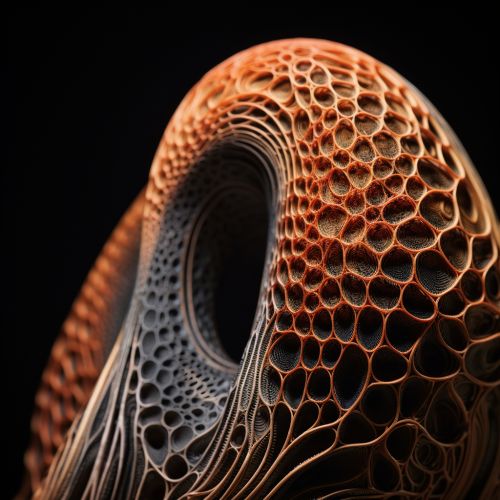
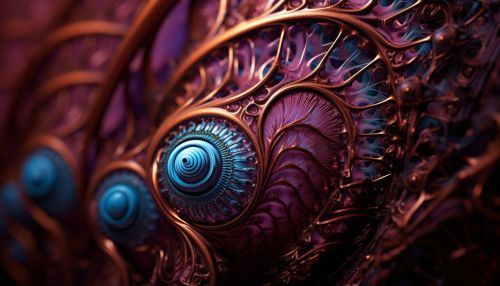
Physiology of Equilibrioception
Equilibrioception is a complex process that involves multiple sensory inputs and neural pathways. The primary sensory organ responsible for equilibrioception is the vestibular apparatus, located in the inner ear. This apparatus consists of three semicircular canals and two otolith organs, the utricle and the saccule. These structures detect changes in head position and motion, and send this information to the brain via the vestibular nerve read more.
The semicircular canals are filled with a fluid called endolymph, and are oriented at right angles to each other. Each canal contains a structure called the ampulla, which houses the crista, a sensory organ that detects rotational movements of the head. The otolith organs, on the other hand, detect linear accelerations and changes in the position of the head relative to gravity.
Information from the vestibular apparatus is integrated with visual and proprioceptive inputs in the brainstem and cerebellum to generate a sense of balance and spatial orientation. This integrated information is then sent to various parts of the brain, including the cerebral cortex, which is responsible for conscious perception of balance, and the spinal cord, which mediates reflexive adjustments in body posture and eye movements to maintain balance read more.
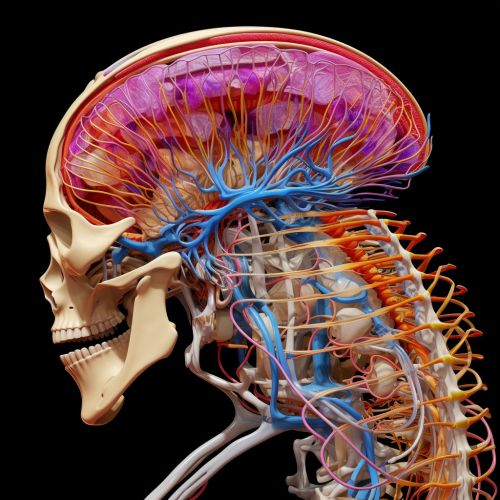
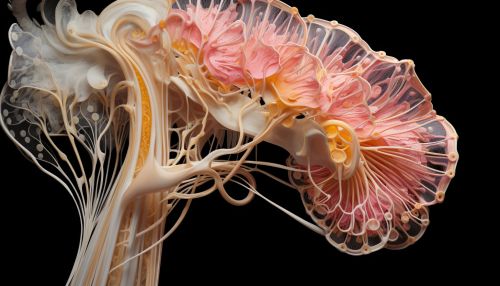
Disorders of Equilibrioception
Disorders of equilibrioception can result in a variety of symptoms, including dizziness, vertigo (a sensation of spinning), balance problems, and falls. These disorders can be caused by a variety of factors, including damage to the vestibular apparatus, neurological disorders, certain medications, and aging.
One of the most common disorders of equilibrioception is benign paroxysmal positional vertigo (BPPV), which is characterized by brief episodes of mild to intense dizziness that occur when changing the position of the head. BPPV is thought to be caused by small crystals of calcium carbonate that become dislodged from the otolith organs and move into the semicircular canals, where they can disrupt the normal flow of endolymph and cause false signals of head movement to be sent to the brain read more.
Another common disorder is Ménière's disease, which is characterized by episodes of vertigo, tinnitus (ringing in the ears), hearing loss, and a feeling of fullness in the ear. The exact cause of Ménière's disease is unknown, but it is thought to be related to an abnormal volume or composition of the endolymph in the inner ear.
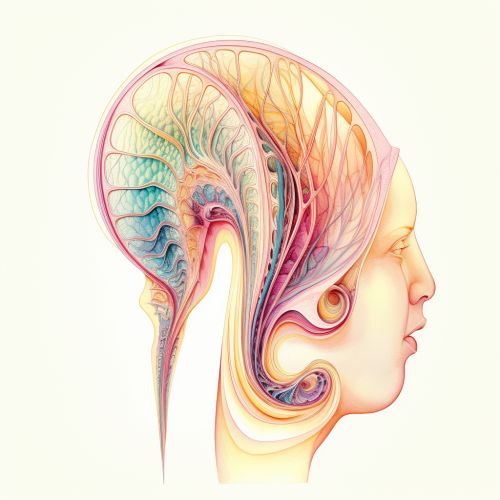
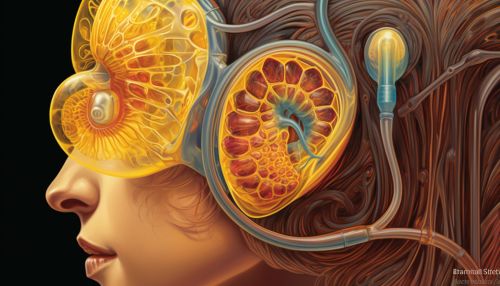
Assessment and Treatment of Equilibrioception Disorders
The assessment of equilibrioception disorders typically involves a detailed medical history, physical examination, and specialized tests to evaluate the function of the vestibular system. These tests may include electronystagmography (ENG), which measures involuntary eye movements that occur when the vestibular system is stimulated, and vestibular evoked myogenic potentials (VEMP) testing, which assesses the responses of muscles in the neck and eyes to sounds delivered to the ear.
Treatment of equilibrioception disorders depends on the underlying cause and may include medications, physical therapy, and in some cases, surgery. For example, BPPV can often be treated with a series of simple head movements known as the Epley maneuver, which can help to reposition the dislodged crystals in the inner ear. Ménière's disease, on the other hand, may be managed with a combination of dietary modifications, medications, and in some cases, surgical procedures to reduce the frequency and severity of vertigo episodes read more.

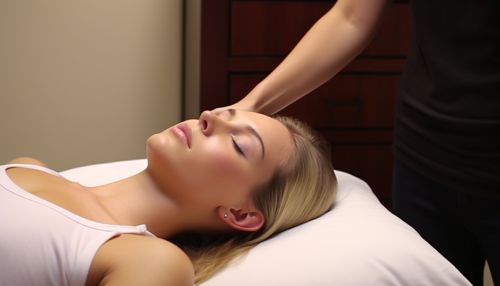
Conclusion
Equilibrioception is a complex physiological process that plays a crucial role in our daily lives. Understanding the mechanisms of equilibrioception and the disorders that can disrupt it is essential for the development of effective treatments and interventions to improve balance and prevent falls, particularly in older adults and individuals with neurological disorders. As our understanding of the intricate processes involved in equilibrioception continues to grow, so too does the potential for new and innovative approaches to treating balance disorders.
